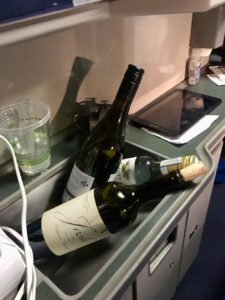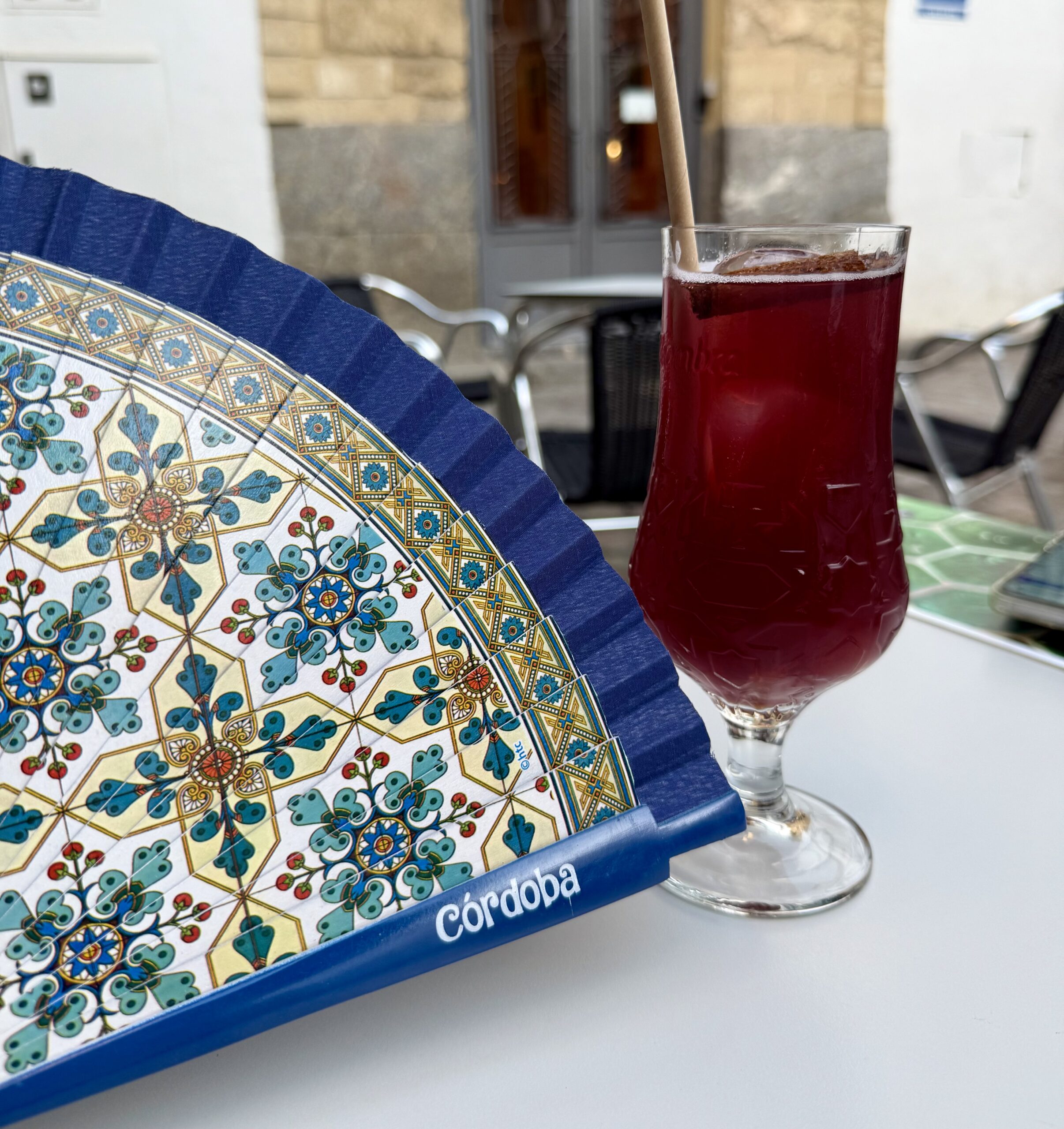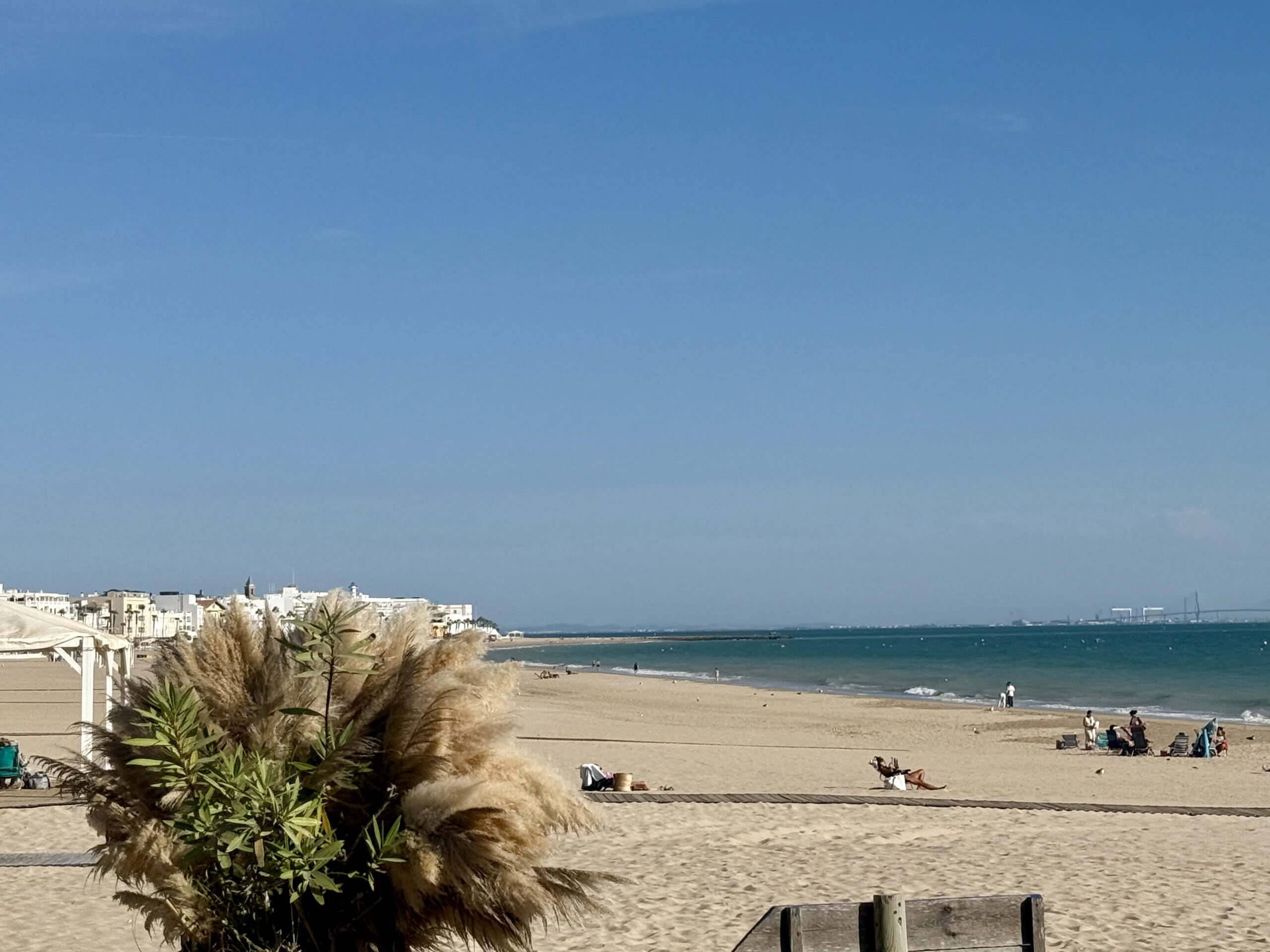
This train
January 28, 2019
By what other means of travel can you watch yourself moving along?
This train is bound for glory, this train.
This train is bound for glory, this train.
This train is bound for glory,
Don’t carry nothing but the righteous and the holy.
This train is bound for glory, this train.
–Woody Guthrie
There’s two ways to look at the climate change issue from the observation car of a long-distance train:
1)The planet is just too big for one species to destroy it on its own.
2)What a horrible species we are to be able to destroy a planet this big all on our own.
Fortunately, Carol and I were simply enjoying ourselves too much as we awoke to day 2 of our excursion from L.A. to Chicago to consider the prospects of global warming. Except maybe to smugly contemplate the smaller carbon footprint we were impressioning on the earth compared to planes and automobiles. We had bigger fish to fry, ecologically speaking.

Amtrak’s Metropolitan Station at L.A.’s Union Station. Where waiting is a first class pleasure even for the most impatient.
Such as where to safely store the open wine bottles to protect them from the sway of the rails (The sink). A little repacking allowed us to store our luggage in the racks downstairs, keeping the bare necessities in smaller carry ons that could be hung or shoved under the bed. Carol’s penchant for tidiness kept accumulating clutter to a minimum, and by the end of our first breakfast aboard, we had carved out sufficient space in our berth for each of us to accommodate at least one thought at a time.
I used my space to ponder how one might calculate how cost-effective a nearly three-day train trip might be. Turns out it requires computations no more suspicious than the ones climate change deniers employ to “prove” global warming a hoax. Care to peruse mine?

A place for everything and everything in its place, especially when every square inch counts.
The one-way bedroom berth for two on the Southwest Chief went for a little less than $1300. Yeah, I know, but just hang on a moment. That price includes two nights’ accommodations with housekeeping service. That’s worth, say $150 – $200 at a clean, interstate motel. All meals are also included. With a very tender steak topped with seafood, along with breakfasts and lunches, that could easily add up to another $200. Finally, there’s either gas money for a 2000 plus-mile trip or airfare for two that would add another, say, $300 to the total. So, okay, any way you cut it, the train is still twice as expensive. But it turns out economics is not the way to evaluate overland train travel. At least not for this newbie rail junkie.

Arriving to the regal splendor of Chicago’s Union Station.
First there’s all the amenities that accrue to the simple departing by train: the capacious making of one’s way through the architectural wonder that is the restored throwback of the country’s major rail stations. The bedroom berth is a first class ticket, meaning you are cordially invited to await boarding in one of Amtrak’s Metropolitan Lounges, where comfortable seating, refreshments and a cheerfully indulgen staff will making waiting a pleasure. Red Cap service delivers you and you bags to your sleeper car for a smooth settling into your berth well ahead of departure. (Carol and I were enjoying our second glass by the time the train rolled out of Union Station and on time.)
Drive a car for three days and you likely arrive at your destination tired and cramped, if not exhausted. Air travel has its own aggravation built into to the compressed, congested and sardined airline experience. When Carol and I arrived at Chicago’s Union Station, we were rested showered, refreshed and would have been happy if the trip had lasted another full day. In other words, the travel itself was part of the vacation, and as such, was well worth the overall costs.
Alas, we think of the economics of train travel the way climate deniers think of global warming. Which is to say, wrong. Passenger rail is about a quality of life experience, the same way climate change is about continued living on a hospitable and sustainable planet.
One important note. As W.C. Fields would remind us: don’t forget your corkscrew.



Hi Reid! I was on the same train to LA with you, we met in the dining cart. I, too, was smugly contemplating my smaller carbon footprint… Anyway, I have looked through your blog and enjoyed it very much. However, I can’t seem to go all the way back to when you started. You and Carol were telling me about that blogpost that was the reason you found each other. I would love to read it if you could send me the link. As I told you on the train, I lost my sister in 2017, and find comfort in reading about grief and how other people have handled it – even though our situations are of course very different. Thank you in advance and best of luck in your continued travels! Best regards /Marika from the Southwest Chief
I mean FROM LA, to Chicago..
Hey Marika,
Thanks for reading! If you want to read more from the archives (they should take you all the way to the beginning with the story of losing Carolyn and my first attempt at solo travel and then meeting Carol etc.) just go to http://www.reidchampagne.com/archives. I am also on Facebook, and that’s where I announce new blog posts.
Totally enjoying your essays, Reid.
I’ll be taking my second long distance train at the end of next week. The first was the California Zephyr from Chicago to Sacramento, then the Coadtal Starlight to Eugene OR to see the Great American Eclipse in mid-Oregon.
This time, it will be New Orleans to Tucson.
I agree with your cost analysis, and still believe it is a wonderful way to see parts of the country I’ve been flying over for decades.
Hi to Carol!
Let her know I saw Jeanne, Judy, Lorraine and Lucia two nights ago.
I’ve done the Zephyr to Oakland (Emeryville). Great trip! Carol and I are planning more, probably the City of New Orleans is next up.